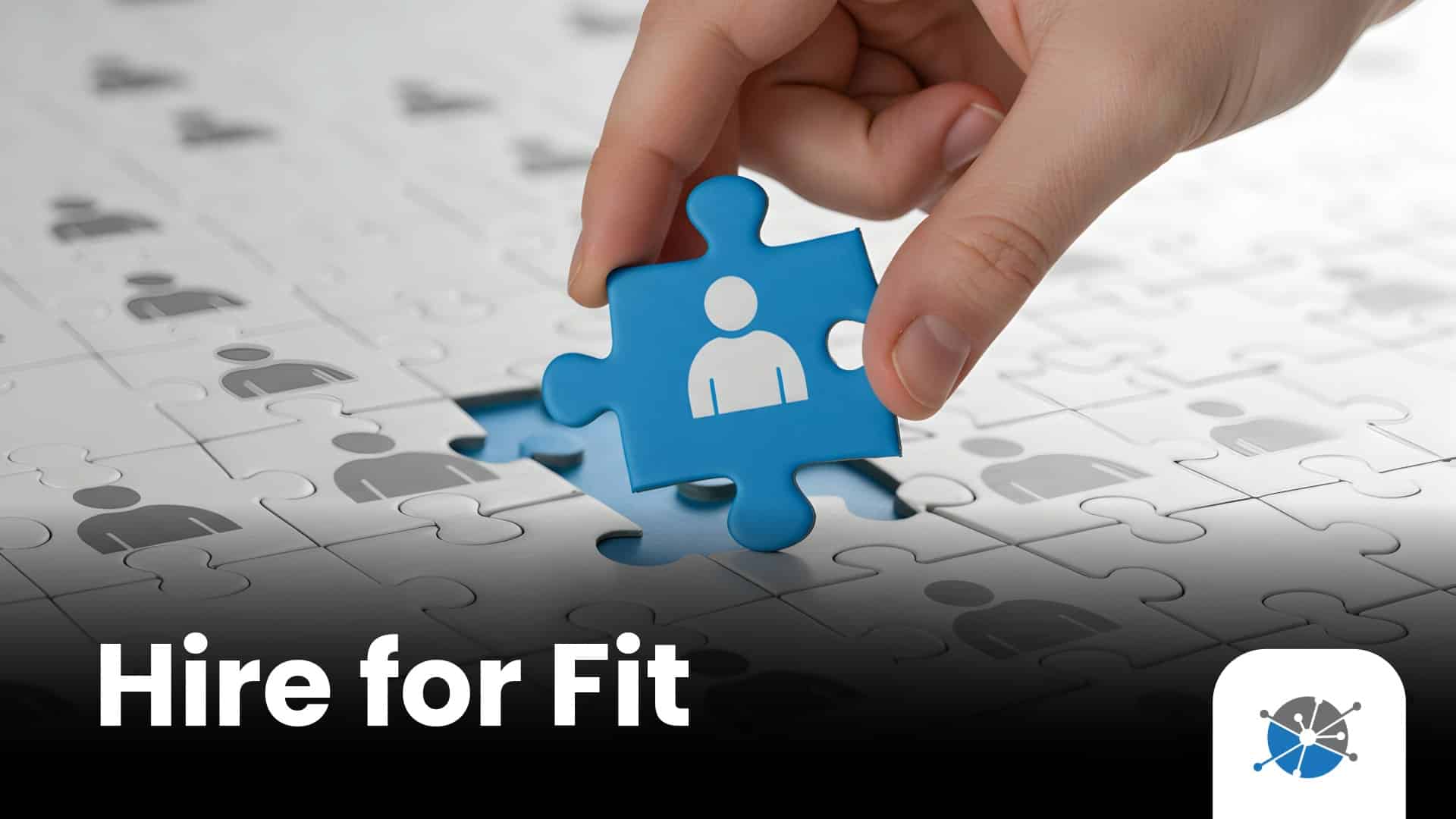
Hiring for Fit, Not Familiarity: A Modern Approach to Building Collections Teams
Abstract
In today’s complex collections landscape, behavioral alignment has become a critical factor in team performance and vendor collaboration. This article outlines why our firm transitioned from experience-based hiring to assessment-driven alignment, and how that shift is reshaping outcomes across operations.
Introduction
Debt collection is a high-pressure environment, and for years, we made the same hiring mistake many others in the industry still do: prioritizing experience over fit. The assumption was simple—if someone had done collections before, they could do it again. But what we repeatedly found was that experience didn’t predict engagement, longevity, or cultural contribution.
It wasn’t until we began using behavioral assessments that we saw the gap for what it was. Many of our turnover issues stemmed from hiring people who could do the job but weren’t naturally aligned with the tasks and how we do business. That misalignment created unnecessary friction, slowed team development, and eroded morale. So, we changed the way we hire, coach, and select partners.
Moving from Experience to Alignment
Early in my career, I made hiring decisions based on resumes and interviews that checked boxes: industry background, previous agency experience, sometimes even call scripting familiarity. But we kept getting inconsistent results. High turnover, burnout, and team disruption became too common to ignore.
The shift came when we started asking better questions: What does this role actually require? What kind of behavioral wiring leads to success in this seat? Who enjoys this work—not just tolerates it?
We adopted assessments based on DISC profiles, motivator indexes, and role-specific competencies. Instead of guessing or assuming based on experience, we now compare candidates to benchmark profiles based on our top performers.
Assessment Tools in Daily Practice
At The Bureaus, Inc., assessments are not a one-time hiring tool—they are integrated into our talent strategy. We assess every internal role, from entry-level collectors to senior leaders, using the same framework of behavioral alignment. But we also extend this to external relationships.
In our vendor selection process, we apply similar assessments to better understand how aligned potential partners are with our values and operational philosophy. This has helped us make better outsourcing decisions and create more cohesive working relationships.
Assessments also help us:
- Identify coaching needs early
- Reduce bias in hiring and promotion
- Create communication strategies tailored to individual motivators
- Build leadership development plans
Cultural Impact and Performance Shifts
Behavioral alignment impacts more than retention. It sets the foundation for how your culture evolves. When people are wired for the roles they occupy, they contribute more confidently and collaborate more effectively. Misalignment, on the other hand, drains emotional energy and creates friction across departments.
We’ve seen measurable gains in morale and consistency since adopting this approach. Teams are more balanced. Managers are more confident in coaching. And most importantly, employees understand why they were hired—and what makes them successful in their role.
Extending Alignment to Vendors and Partners
One of the less obvious applications of assessments was in our vendor relationships. Collections is a relationship-intensive business. Our vendors are an extension of our brand. If their people don’t operate in a way that matches our internal values or style, it creates consumer confusion and compliance risk.
Now, we approach vendor selection with the same mindset as internal hiring: alignment over assumptions. When we take the time to understand how a partner’s frontline staff is motivated and managed, we can collaborate more strategically, communicate more clearly, and troubleshoot issues faster.
Leadership Development Through Insight
Leadership isn’t one-size-fits-all, and assessments help us tailor development to the individual. We use motivator profiles to guide how leaders communicate with their teams, resolve conflict, and delegate tasks.
This insight-driven approach doesn’t just make our managers better—it reduces frustration and builds trust. When leaders understand their own motivators and those of their team, performance conversations become more productive and less reactive.
Conclusion
Hiring for fit isn’t about ignoring experience—it’s about making sure experience aligns with how people are wired to work. Behavioral assessments have helped us create a hiring and vendor strategy that’s grounded in insight, not assumptions.
In the collections industry, where pressure is high and turnover is costly, hiring for alignment is no longer optional. It’s the foundation for building teams that last and partnerships that work.
Author Bio
I’m Aristotle Sangalang, CRCP, President of The Bureaus, Inc. I focus on building high-performing collections teams through strategic hiring, operational discipline, and behavioral alignment. My work centers on connecting people to roles where they thrive—inside our company and across our network of partners.







